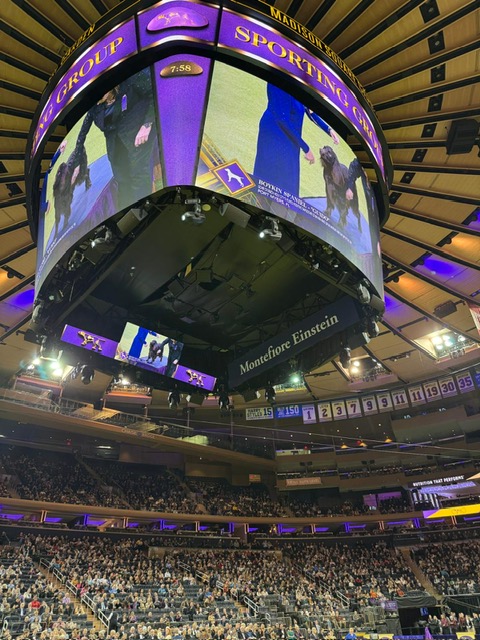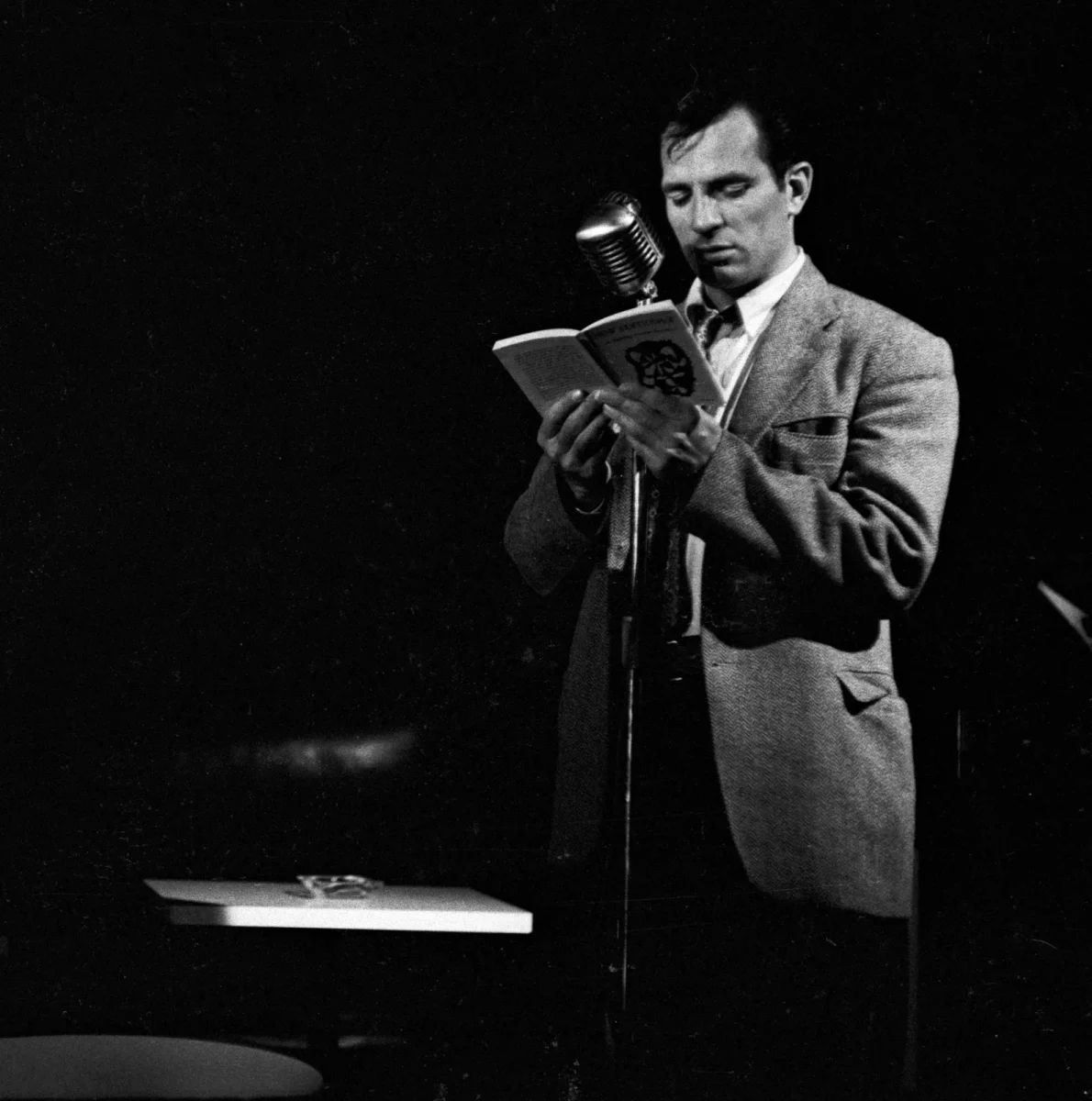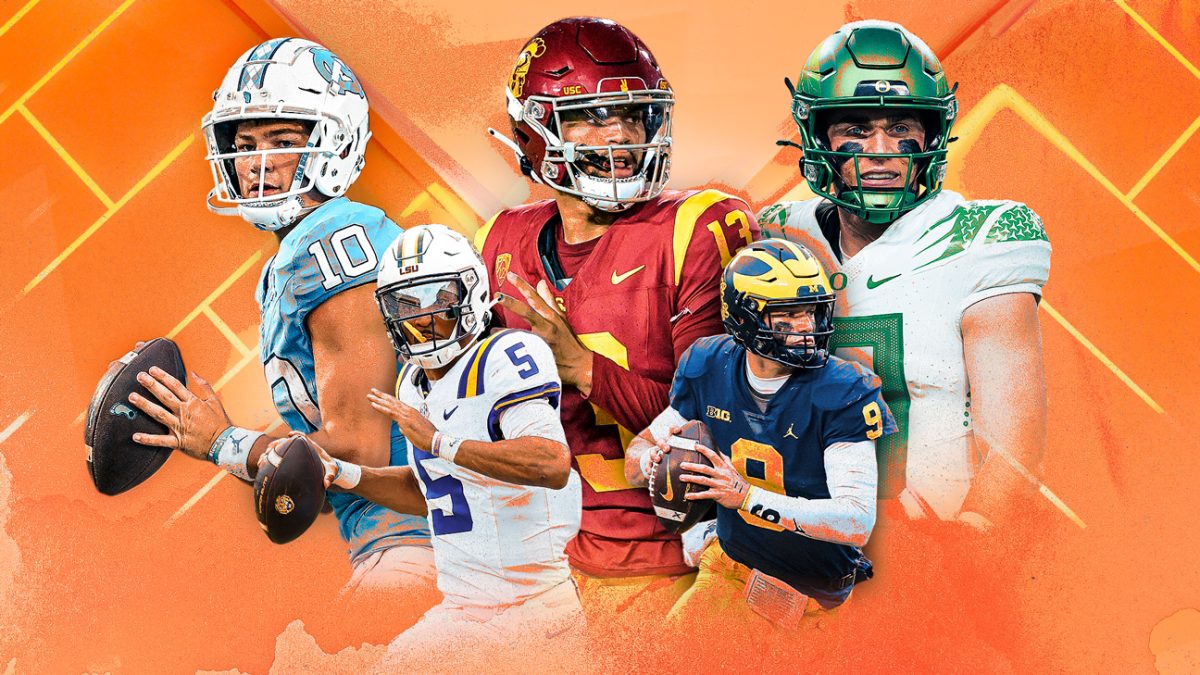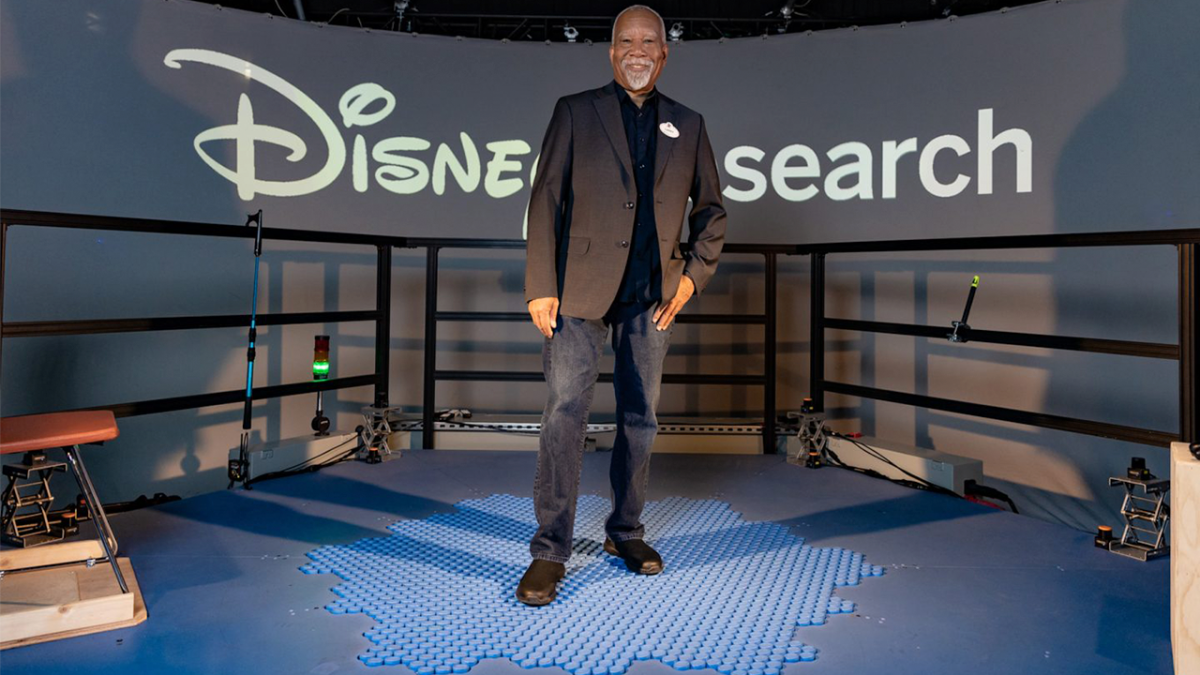In the era of information overload and multi-hundred-million-dollar NFL (National Football League) franchise budgets, why isn’t the Pro Football Hall of Fame filled with former #1 draft pick quarterbacks? Of the 274 players in the Hall of Fame, only four quarterbacks have been inducted who were the top pick in their draft. So this begs the question, with team owners selecting a record six quarterbacks in the first round of the 2024 draft, will this year’s top draft picks end up faring better and being memorialized in the Hall of Fame or disappointing their hopeful fans?
The already challenging process of forecasting the next star pro quarterback is further confounded by player development issues that have been brewing on college campuses for decades. Today, many college football programs use no-huddle offenses and air-raid style defense rather than quarterback-run huddles and pro-style defense. This causes many quarterbacks to struggle when making the leap from college player to the NFL. Rookie NFL quarterbacks face immense pressure running huddles for the first time and learning to make split-second changes to play calls and protection based on shifting defense formations just moments before play. As a result, as many fans are painfully aware, top quarterback draft picks, such as JaMarcus Russell for the Raiders, Ryan Leaf for the Chargers, and Akili Smith for the Bengals, often do not live up to expectations.
Despite new technology used by many teams to measure prospects’ IQ, reaction time, and a myriad of other parameters, successfully predicting the next dynasty-building quarterback remains more art than science. Beyond the film and stats is the player, his family, goals, beliefs, motivations, work ethic, fit with his team and franchise, and, perhaps most importantly, his determination to learn from his coaches and teammates and his dedication to developing his talent as a pro player in a vastly different version of the game than he played in high school and college. These keys to success are far more rare and difficult to assess. Take three-time Superbowl Champion Kansas City Chiefs Quarterback Patrick Mahomes, for example. Before he became the #10 pick in the 2017 NFL draft, Mahomes penned a groundbreaking open letter to all 32 team owners showcasing his signature intelligence, team building, and creative thinking, and promising his future team, “Everything that critics want to knock me on, I know I can fix with
hard work… In three years at Texas Tech, I learned a lot about leading an offense. So much of that has to do with earning respect in the locker room. Leaders set an example for others… I hope the main thing you noticed when you were looking at my college stats was that I improved in every major category each season. That’s what I’m most proud of. I won’t try to predict the future, but I guarantee you that if there’s one thing I do know, it’s how to get better… I will put in the hours to master your playbook. I won’t stop until I get everything right, down to the smallest detail.” Mahomes’ year-long stint as a backup quarterback for Alex Smith was, in essence, an internship with a greatly respected player and mentor, as well as a chance to learn the Chiefs playbook and operations inside and out, and to build relationships with his 52 teammates, 16 practice squad members, 13 coaches and 567 staffers, setting him up to over-deliver on the promises he made in his open letter.
One could argue that Mahomes took a page from sixth-round draft pick quarterback Tom Brady’s playbook, as Brady used his intelligence, talent, and work ethic to advance from deep in the Patriots lineup, to backup quarterback, to winning a record seven Super Bowl victories as starting quarterback. “Tom works very hard. He wasn’t all that good when we got him. He mechanically wasn’t anywhere near where it eventually has ended up… Nobody’s worked harder than Tom. He’s trained hard. He’s worked hard on his throwing mechanics. He’s earned everything that he’s achieved.” And, “On the field he sees things. He’s got a great ability to take and [process] a large amount of information very quickly,” Patriots Coach Belichick explained in a 2018 CNBC interview. As in many careers, Mahomes’ “internship” within the Chiefs franchise and Brady’s time spent working his way up within the Patriots franchise proved invaluable in their successful transition from college to real life, and set the stage for them to rise to the pinnacle of their field.
With at least seven NFL franchises looking to snare the next star quarterback in this week’s draft, the success stories of players such as Mahomes and Brady suggest that developing those talented college players into history-making pro players takes more than money, stats, and luck. Humility, confidence, work ethic, team building, and a measured path from college star to starting pro quarterback are arguably considerations that NFL franchises should weigh more heavily in evaluating and developing players in the future. One can hope that this new crop of NFL top draft picks will, at the least, follow the example set by Mahomes and Brady and serve as role models for coming generations of student-athletes as they transition to the real world.




































